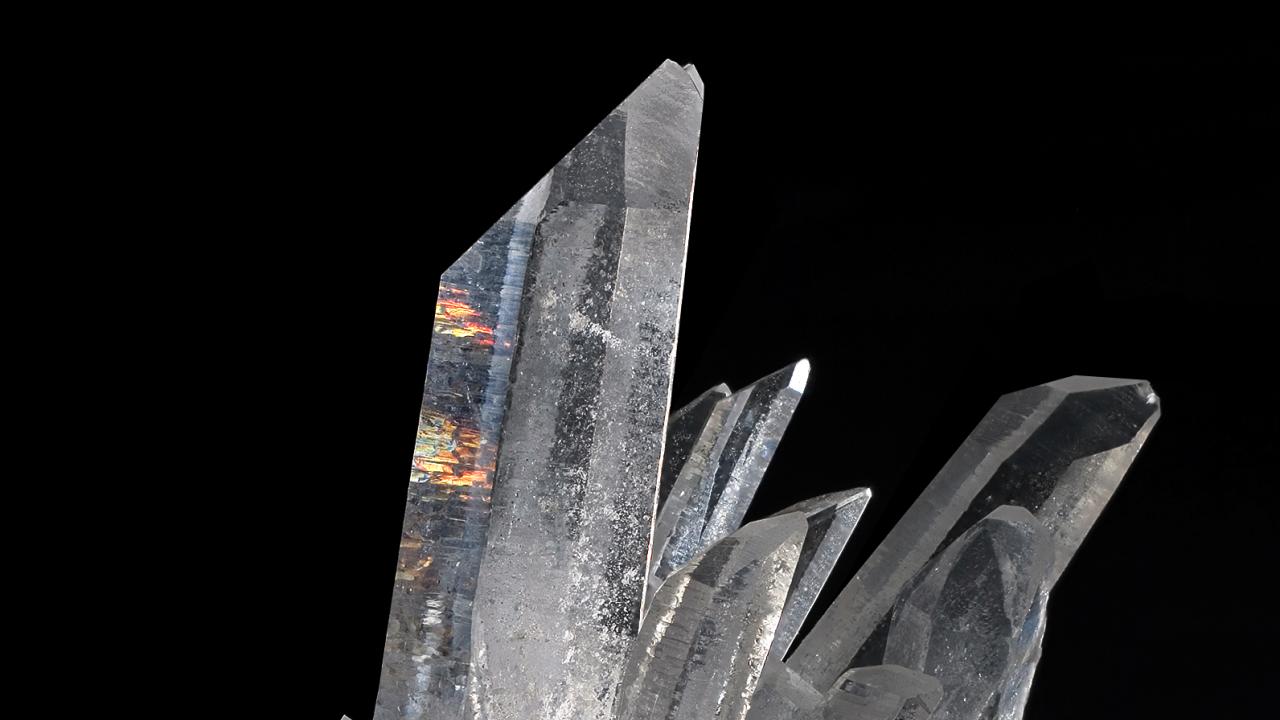
Silica, also known as silicon dioxide, is a component of the Earth’s mantle that has raised much interest in the scientific community over the years. Commonly found in nature in its stable phase (quartz), on a daily basis we come across its disordered metastable structure too, which is glass. The phase diagram of silica is extremely rich and complex and it includes a dozen phases.
 |
|
A study realized in collaboration with ICTP and recently published in the Proceedings of the National Academy of Sciences (PNAS) has explored the behavior at high pressure of coesite, one of the polymorph forms of silica. “Coesite is the first phase obtained by compressing quartz and it is stable over a good range of pressure and temperature conditions within the Earth’s mantle, which makes it very interesting from a geological point of view,” Sandro Scandolo, researcher at ICTP and co-author of the study, says.
Coesite was first produced in a laboratory over sixty years ago. A paper published in Science in 1953 defined it as “a new dense crystalline silica”. Since then, the properties of this material have been widely investigated. Thanks to new experimental cutting-edge technologies, such as the high diamond anvil cell (shown in figure) and high-power lasers, scientists can now re-create the extreme conditions of pressure and temperature occurring beneath the Earth’s surface in their laboratories and study their effects on materials.
 |
 |
|
| Diamond anvil cell | Quartz |
Because of its instability at ambient conditions, there is no hope of using coesite for practical applications. Nevertheless, this material has proved to be an extremely useful tool for scientists in certain circumstances. In nature, it forms under the same conditions of pressure and temperature at which graphite becomes diamond. This coincidence explains the recent discovery of diamonds containing microscopic inclusions of coesite, presumably formed by fluids containing both carbon and silicon. Trapped within a diamond, coesite can preserve its volume and does not turn into quartz, even at ambient conditions. Scientists have used these systems as “geobarometers”, to investigate the pressure and temperature conditions under which they were created.
The presence of coesite in the soil is also crucial from a geophysical point of view, to better understand the composition of the mantle and to picture the temperature profile under the ground. Coesite is three times harder than quartz, which means seismic waves can propagate much faster through it. The differences between phases also have consequences on the mechanical properties of the mantle and on thermal conduction, which is greater in crystalline forms.
 |
| Coesite |
“All compounds exhibit phase transitions when compressed at sufficiently high pressure. In the case of minerals, such as quartz, these transitions provide important insights to better understand the inner structure of the Earth and the processes that have shaped it over millenia,” Scandolo says.
By exploiting simulations of classical molecular dynamics, this new study co-realized by ICTP has shown that non-hydrostatic stress conditions can have dramatic effects on the sequence of phases occurring at increasing pressures. “The limit pressure for coesite to be stable is the same we find at about 600 km under our feet, in the middle of the mantle. A vast amount of experimental data taken at this pressure has been collected over the years, but they were all contradictory. The greatest merit of this theoretical work is to have finally put them in order,” Scandolo says.
The study is the result of the fruitful collaboration between ICTP, the Chinese Academy of Sciences, the University of Tokyo and the Universidade de Sao Paulo (USP). “We have worked together with a former student of mine at SISSA, Yunfeng Liang, who is now a professor at the University of Tokyo, and a former ICTP postdoc, Caetano Miranda, now professor at USP,” Scandolo says. “The first author of the paper is one of Yunfeng’s current students, which makes him a sort of grandson to me. This makes me really proud.”
---- Anna Lombardi
















